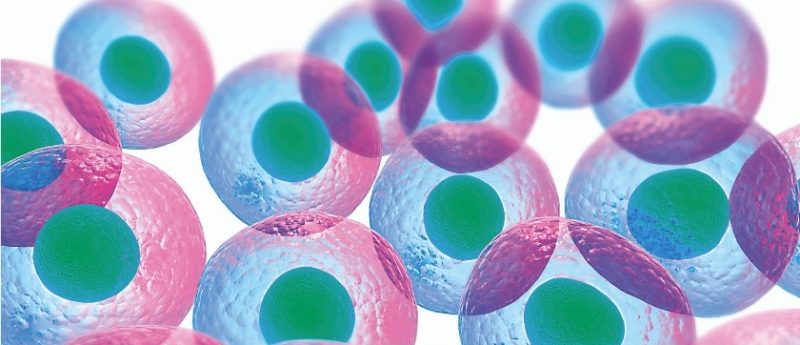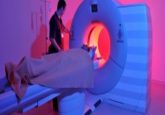How could imaging reduce therapy-associated morbidity in rhabdomyosarcoma of the bladder or prostate?

The treatment of pediatric rhabdomyosarcoma (RMS) of the pelvis has been changing in recent years. Local treatment after chemotherapy is delayed or even avoided completely without effecting overall survival. Imaging is playing a growing role in individualized treatment planning in these patients. In cases of questionable recurrence or residual disease, fusion biopsies may allow a safe and reliable bioptic examination.
Tumors of the urogenital tract comprise approximately 10% of childhood tumors [101] and 7–8% of all solid tumors are sarcomas [1]. RMS are the most common soft tissue sarcoma in children [2]. The two main histological types of RMS are embryonal and alveolar, with a favorable prognosis for the embryonal subtype [2].
Click here to view full article.





